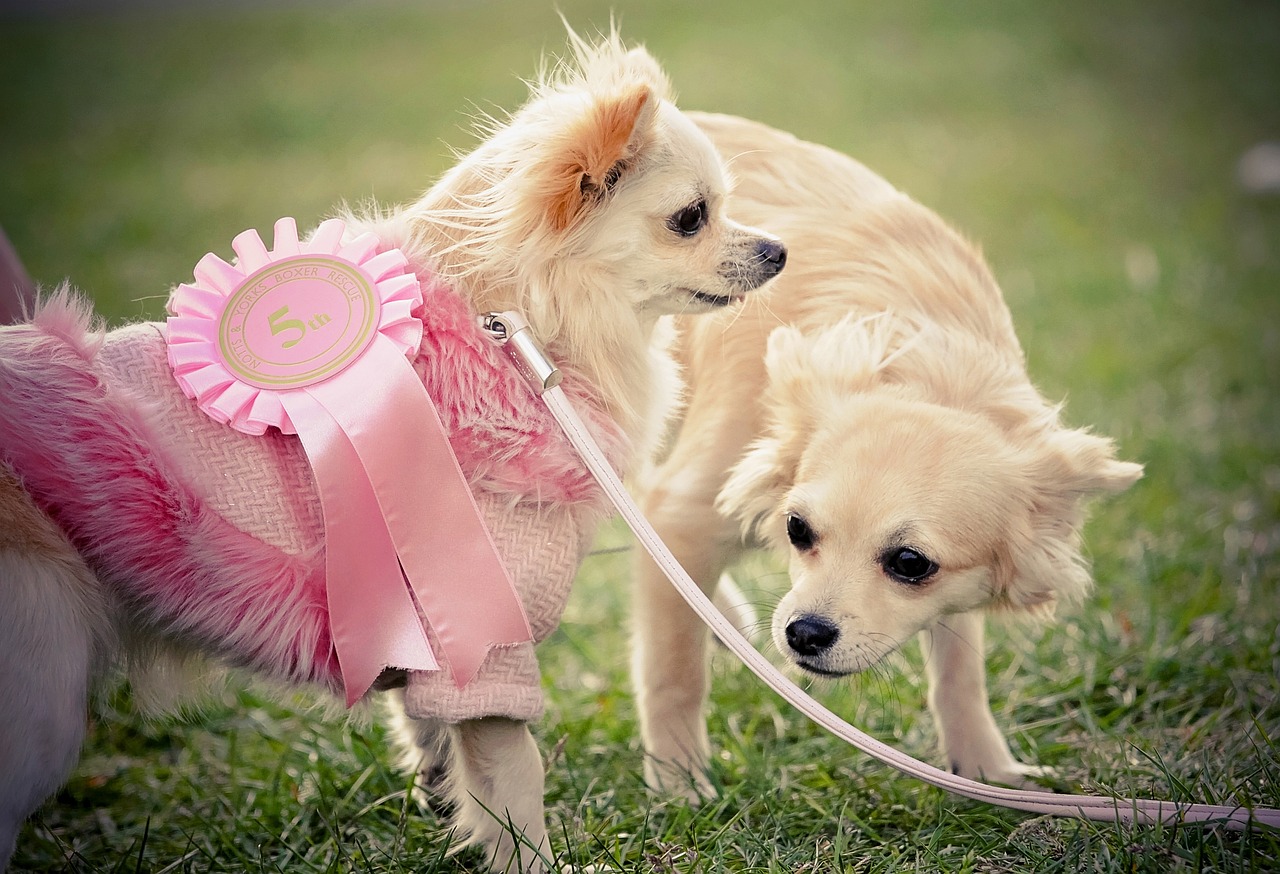So, you’ve finally decided to bring home a dog, exciting, right? But now comes one of the trickiest choices: should you get a male or a female puppy?
The truth is, there’s no one-size-fits-all answer. Every dog is unique, and preferences often come down to your lifestyle, experience, and what kind of bond you’re hoping to build. Some people naturally lean toward one gender, believing that males are more affectionate or easier to train, while others think females are more protective and independent.
Interestingly, these differences aren’t backed by solid scientific evidence; they’re mostly based on personal experiences and observations. While male and female dogs may show certain tendencies, personality and behavior are shaped far more by upbringing, training, and socialization than by gender.
So, before you decide, let’s take a closer look at how male and female dogs can differ, and what really matters when choosing your perfect companion.
Table of Contents
Key Points of a Male Dog:
- Tend to be larger and heavier than females
- Independent and/or dominant
- More focused
- Shows problematic behavior if not neutered
- Physical characteristics are different from females
Key Points of a Female Dog
- Smaller in size
- Gets mature earlier than male dogs
- Easier to train because of her maturity
- Their heat cycle may be messy for you
What are the Differences Between Male and Female Dogs?
A dog’s temperament and behavior are primarily shaped by how it’s raised, trained, and socialized during its early months. The level of affection or aggression a dog displays often reflects its upbringing and environment rather than its gender. For that reason, choosing between a male or female puppy should ultimately come down to your personal lifestyle and preferences.
That said, gender can have a subtle influence on training and development. Female dogs are usually smaller and tend to mature a bit faster than males, which can make them more focused and receptive during training sessions. This quicker maturity doesn’t mean they’re more intelligent; it simply means they reach a stage of readiness earlier, giving them a slight edge in early obedience training compared to their male counterparts.
In the end, both male and female dogs are capable learners and wonderful companions when given the right guidance, consistency, and love.
More about Heat Cycle:
Female dogs experience what’s known as the estrus cycle, commonly referred to as being “in heat.” This natural reproductive phase occurs roughly twice a year, though smaller breeds may cycle as often as three times annually. Each heat cycle usually lasts two to three weeks. During this period, female dogs release a bloody discharge that signals their fertility and naturally attracts male dogs, one of nature’s fascinating ways of ensuring reproduction.
If you’re not planning to breed your dog, it’s important to keep her safely indoors and away from male dogs throughout this time to prevent unwanted mating. You can also limit her access to carpeted areas or use washable coverings, as mild bleeding is normal during this stage. Understanding and managing the heat cycle responsibly not only supports your dog’s comfort but also helps maintain her overall well-being.
Desexing a Dog:
If you don’t plan to breed your female dog at any point in her life, spaying is a responsible and beneficial choice. However, it’s important to note that spayed females cannot participate in official dog shows, so if you don’t have show or breeding ambitions, veterinarians strongly recommend spaying at a young age, ideally between six and nine months.
Spaying offers several health and behavioral benefits. It significantly reduces the risk of ovarian, uterine, and mammary diseases and can help prevent potentially life-threatening infections like pyometra. Behaviorally, many owners notice that spayed female dogs are calmer, less aggressive, and more even-tempered, making them easier to manage at home. Of course, the most practical advantage of spaying is preventing unwanted pregnancies, which helps reduce the number of homeless or neglected dogs.
Similarly, male dogs that remain unneutered often show stronger dominance behaviors and a greater tendency to mark territory or roam in search of females. Some may even try to assert dominance over smaller pets or, occasionally, their owners, which can be difficult for inexperienced handlers to manage, especially with larger breeds.
Neutering male dogs at an early age can help curb these tendencies. It generally makes them calmer, less aggressive, and easier to train, promoting a more balanced and cooperative temperament. Neutered males are also less likely to develop certain prostate-related issues and are less prone to wandering, which helps keep them safe.
Ultimately, whether you choose to spay or neuter your dog, making this decision with the guidance of your veterinarian supports both your pet’s long-term health and a more harmonious home environment.
Conclusion:
Ultimately, the choice between a male and female dog comes down to your personal lifestyle and comfort level. Remember, every dog is unique, even puppies from the same litter can have entirely different personalities, temperaments, and needs. That’s why it’s far more important to focus on the breed itself rather than just the gender. Consider key factors like temperament, energy level, potential health issues, grooming requirements, and compatibility with your household before making your decision.
In our view, the female dog’s heat cycle is the main gender-related factor to think about. If you’re comfortable managing her heat twice or sometimes three times a year, with the extra care and precautions it involves, then a female dog could be a wonderful choice. However, if you’d prefer a lower-maintenance option in that regard, a male puppy might be the better fit. Either way, choosing a dog that matches your lifestyle and commitment level will lead to a happy, lifelong bond.










